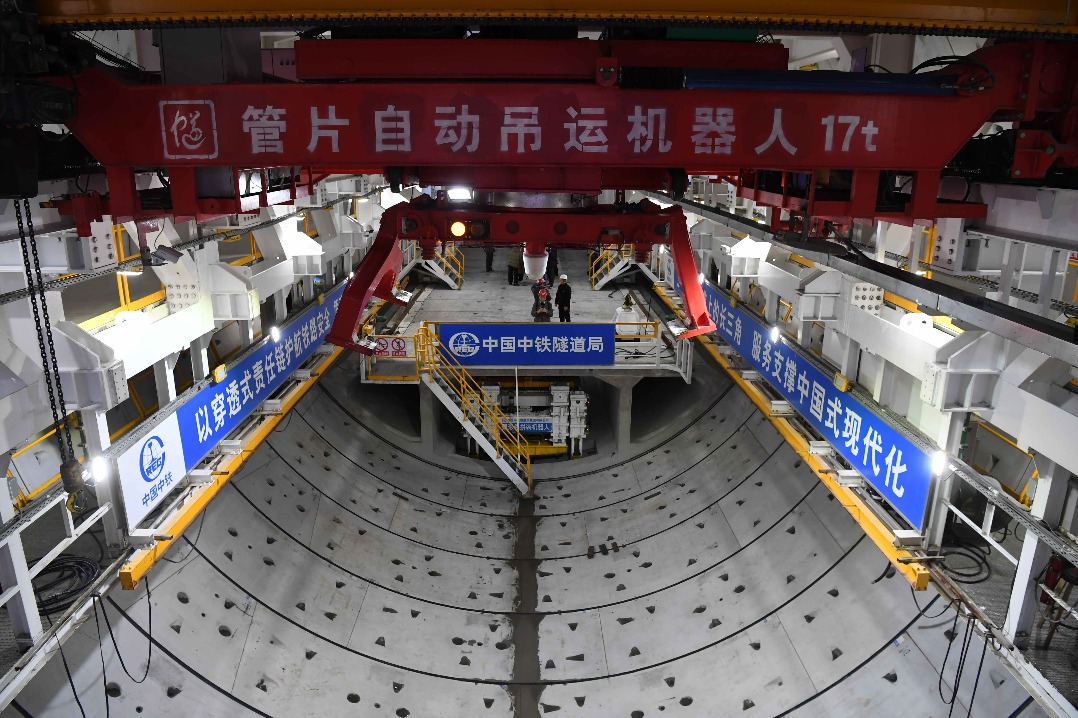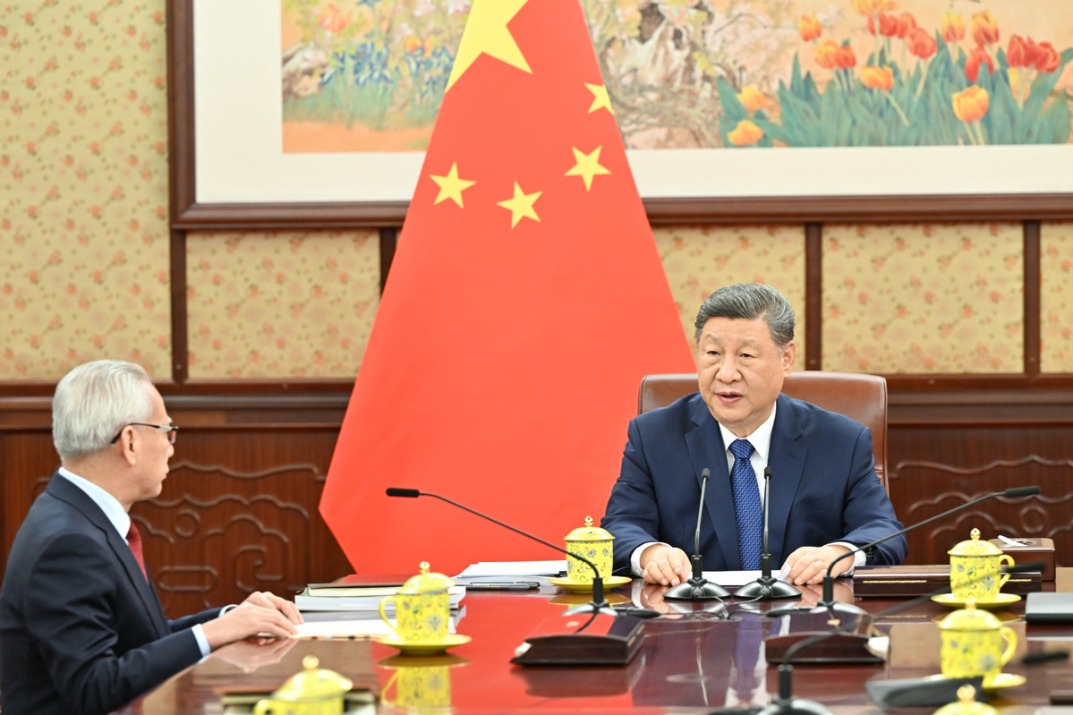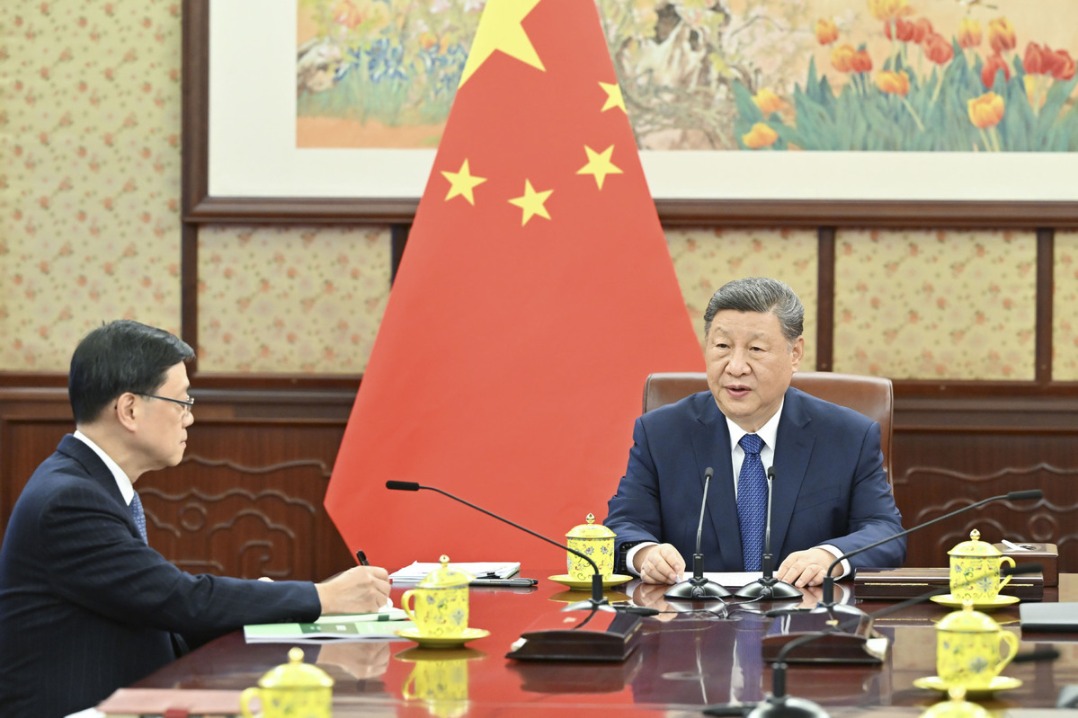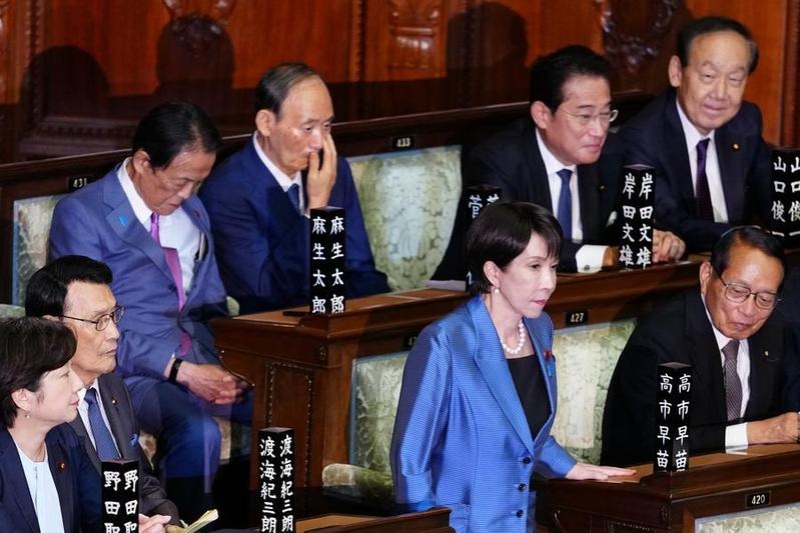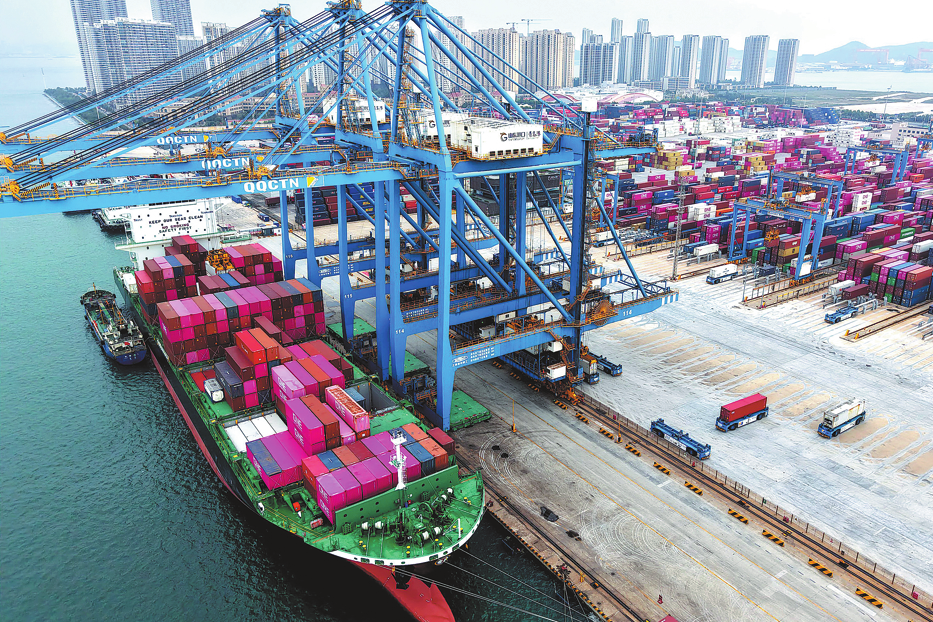New productive forces facilitate reform


The 20th Central Committee of the Communist Party of China (CPC) started its third plenary session in Beijing on Monday morning. Xi Jinping, general secretary of the CPC Central Committee, delivered a work report on behalf of the Political Bureau of the CPC Central Committee and expounded on a draft decision of the CPC Central Committee on further comprehensively deepening reform and advancing Chinese modernization.
Previously Xi has reiterated that high-quality development requires guidance from new theories of productive forces. Since new quality productive forces have emerged in practice and exhibited their role as drivers of high-quality development, they should be theorized to guide further development. In a nutshell, new quality productive forces are primarily driven by innovation, breaking free from traditional growth — and productivity-based development models.
New quality productive forces are characterized by high technology, high efficiency and high quality. They represent advanced productivity required by the new development philosophy, and are shaped by revolutionary technological breakthroughs, innovative allocation of production factors, industrial transformation and upgrading, and improvements in labor forces, means of labor, subjects of labor and their optimal combination as underlying elements.
Accelerating the development of new quality productive forces is key to facilitating economic work at all levels of government. New quality productive forces aim to increase total factor productivity. To engage in production, a business or country needs to invest in labor and capital. Accordingly, an increase in labor or capital input leads to increased output.
But there is another aspect that is not readily visible or tangible, which is the improvement in efficiency. Economists refer to the efficiency gained from increased labor and capital as total factor productivity.
China has reached a stage where its economic growth is being driven by innovation and technological advancements. So why introduce a concept such as new quality productive forces now?
Before 2010, China's economic growth primarily relied on increasing labor and capital inputs. In terms of labor, China saw a significant migration of workers from rural to urban areas, who produced goods for consumption in international markets.
When China launched reform and opening-up in 1978, its urbanization rate was less than 20 percent. Today, it is more than 65 percent. Also, before 2010, China's economic growth was mainly driven by exports, with a large labor force fueling international trade, leading to increased production.
Simultaneously, the rate of capital accumulation in China was increasing, indicating a rise in the savings rate. As such, before 2010, China's economic growth was primarily driven by an increase in labor and capital inputs.
But after 2010, China's economy entered a period of adjustment. One aspect of this shift was the restructuring of the economy, marked by the elimination of excess and polluting capacity, promotion of new productivity and the emergence of new industries such as electric vehicles. The other aspects of the shift were the transition from export-oriented to domestic consumption-driven growth, and production- to innovation-driven development.
These developments set the stage for the introduction of new quality productive forces, signifying that China has entered a development phase where growth is being driven by innovation and technological advancements.
According to the economic growth theory, a country's economic growth goes through various stages, from workforce expansion and capital accumulation to technological advancements.
Moreover, China's population growth rate has been declining, so is its working-age population. Additionally, the marginal benefits of capital accumulation are diminishing. This has made it all the more important to expedite technological progress. And this is a significant reason for the introduction of new quality productive forces.
How can new quality productive forces be developed? Does it mean identifying certain industries suitable for new quality productivity while excluding others? Since new quality productive forces aim to increase total factor productivity, all industries have the potential to develop new quality productive forces.
Take the clothing industry for example. It's a traditional sector. And yet companies like Shein have emerged from the sector. Shein, often perceived as a cross-border e-commerce platform, actually encompasses a series of clothing production processes. While in the past, the concept of Industry 4.0 seemed daunting, Shein has successfully implemented Industry 4.0 by adopting flexible production methods. With its valuation of $60 billion, Shein's success is closely tied to its flexible production.
Platform companies play similarly crucial roles. Some may argue that platform companies are outdated in the era of AI, but the platform economy remains a key industry, as it contributes, in a major way, to the enhancement of new quality productive forces.
To begin with, it provides a platform for the real economy, enabling many traditional businesses to reduce costs. A few years ago, logistics costs were a major concern for enterprises, as they accounted for up to 30 percent (or even 40 percent) of sales. Today, the discourse around logistics costs has changed, largely due to the development of the platform economy.
Also, the platform economy generates technologies. A core competitive element of the platform economy is algorithm, which requires more brainpower than funds' power and advancements in basic research, among other things.
Besides, the platform economy has significant network effects that should not be underestimated. Nearly everyone's daily life now depends on the platform economy, creating network effects where mutual usage leads to cost savings for all. Over the past decade, as China's platform economy has grown rapidly, innovation has accelerated, indicating the crucial role that the platform economy plays in fostering national innovation and setting a solid foundation for the future of the Chinese economy.
Looking ahead, China's potential growth rate may remain around 5.5 percent, with growth driven by capital accumulation gradually diminishing and eventually reaching a state where per capita income growth relies entirely on technological progress.
China has an advantage over other countries in terms of long-term planning. Therefore, while pushing for the development of new quality productive forces, we are essentially aiming for a larger goal of laying a solid foundation for the future of the Chinese economy. This is the significance of introducing new quality productive forces in the new era.
The author is Liberal Arts Chair Professor at Peking University. The views don't necessarily represent those of China Daily.
If you have a specific expertise, or would like to share your thought about our stories, then send us your writings at opinion@chinadaily.com.cn, and comment@chinadaily.com.cn.



















